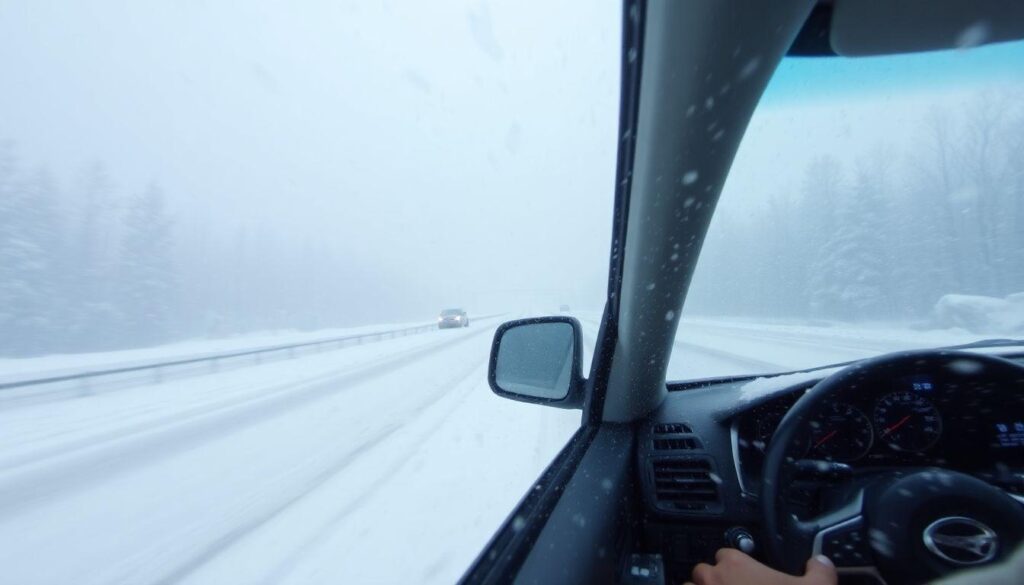If you’ve been wondering why your car insurance renewal notice made your wallet cry a little harder this year, you’re not alone. Canadian women across the country are facing some serious sticker shock when it comes to rising auto insurance rates in Canada for 2025. From coast to coast, families are grappling with increases that seem to come out of nowhere, leaving many questioning what’s actually driving these costs sky-high.
The Perfect Storm Behind Your Premium Increases
Let’s be honest here – insurance companies aren’t just randomly deciding to charge more because they can. There’s actually a complex web of factors creating this pricing pressure, and understanding them might help you feel less frustrated when you’re writing that monthly check.
The biggest culprit? Vehicle repair costs have absolutely exploded. Remember when a fender bender meant replacing some metal and slapping on new paint? Those days are long gone. Today’s cars are rolling computers packed with sensors, cameras, and advanced safety features that cost a fortune to fix. A simple rear-end collision can now involve recalibrating multiple systems, replacing expensive electronic components, and sourcing parts that sometimes take months to arrive.
Speaking of parts – supply chain disruptions have turned what used to be routine repairs into expensive waiting games. That bumper for your SUV that once took three days to get? Now it might take three weeks, and it’ll cost significantly more when it finally shows up.
Climate Change Isn’t Just an Environmental Issue Anymore
You know what’s really hitting insurance companies hard? Weather events that seem to be getting more intense each year. From devastating floods in British Columbia to severe hailstorms across the Prairies, extreme weather events are causing billions in vehicle damage annually.
Insurance companies are essentially betting against Mother Nature, and she’s been winning lately. These payouts don’t just disappear – they get factored into everyone’s premiums for the following year. It’s like we’re all collectively paying for climate change, one insurance payment at a time.
The Ripple Effect of Fraud and Rising Crime
Here’s something that might surprise you: vehicle theft and insurance fraud are having a bigger impact on your premiums than ever before. Organized crime rings are getting increasingly sophisticated, targeting specific vehicle models that are either easy to steal or have valuable parts.
The insurance industry estimates that fraud costs Canadian drivers hundreds of dollars per year in increased premiums. From staged accidents to inflated repair claims, these schemes ultimately get passed down to honest policyholders like you and me.
Technology: A Double-Edged Sword
While advanced safety features in modern vehicles have definitely made driving safer, they’ve also made repairs exponentially more expensive. That backup camera that helps you parallel park? If it gets damaged, you’re looking at potentially thousands in repair costs.
Consider this: a windshield replacement on a basic car might cost $300. The same job on a vehicle with built-in sensors, heads-up display technology, and advanced driver assistance systems could easily run $1,500 or more. Insurance companies are adjusting their pricing models to reflect these new realities.
The Human Factor We Can’t Ignore
Let’s talk about something uncomfortable but necessary – driving habits have changed, and not necessarily for the better. The pandemic altered traffic patterns, with many people becoming less comfortable with highway driving or dealing with heavy traffic after months of staying home.
Medical costs associated with injuries have also risen substantially. Physical therapy, specialist consultations, and extended care treatments all cost more than they did five years ago. When someone gets hurt in an accident, the total claim costs have increased across the board.
Regional Differences That Hit Your Wallet
Where you live matters more than ever when it comes to insurance costs. Urban areas are seeing some of the steepest increases due to higher accident rates, increased vehicle theft, and more expensive repair facilities. If you’re living in Toronto, Vancouver, or Calgary, you’re probably feeling this pinch more acutely than your rural counterparts.
But rural drivers aren’t getting off easy either. While they might have fewer accidents, when crashes do occur in remote areas, the costs can be astronomical due to emergency response needs and longer transport times to repair facilities.
What This Means for Your Monthly Budget
The reality is that auto insurance rates are likely going to continue climbing for the foreseeable future. Industry experts suggest that the factors driving these increases aren’t temporary blips – they represent fundamental shifts in how we drive, what we drive, and the world we’re driving in.
For families already stretched thin by inflation in groceries, housing, and utilities, these insurance increases feel particularly brutal. Many women are finding themselves in the position of shopping around more frequently, adjusting coverage levels, or making difficult decisions about their transportation needs.
Looking Ahead: What 2025 Holds
The insurance industry is working on solutions, but change takes time. Some companies are experimenting with usage-based insurance programs that track your actual driving habits rather than relying solely on demographic data. Others are investing in faster claims processing and preferred repair networks to help control costs.
Regulatory pressure is also mounting across provinces, with consumer advocacy groups pushing for more transparency in how rates are calculated and approved. However, significant relief probably isn’t coming in the immediate future.
Understanding why rising auto insurance rates in Canada for 2025 are hitting us so hard doesn’t make the bills easier to pay, but it does help explain why this isn’t just about insurance company greed. It’s a complex situation requiring thoughtful solutions from insurers, regulators, and drivers alike. While we can’t control weather patterns or global supply chains, staying informed about these trends can help us make better decisions about our coverage and understand what we’re really paying for when we write those monthly checks.
If you found these insights helpful, feel free to share this article with your friends and followers who might also be wondering why their insurance costs keep climbing!







